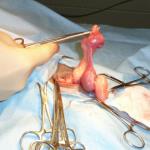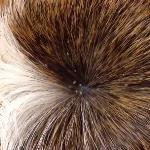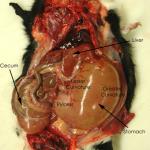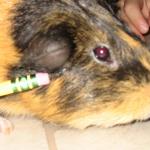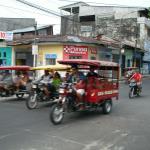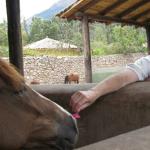Guinea Pigs
as pets
and guinea pigs as food
The above picture is of a guinea pig "ranch" in Peru, where these cute little creatures are raised for food. This page, though, is about keeping guinea pigs as pets. I've also included some pictures of our trip to Peru... an amazing country in that it encompasses Amazon jungle villages, ancient Inca cities, mountain ranches, lots of magnificant Spanish colonial buildings and very modern cities and industries as well. I enjoy looking for veterinary clinics on my trips and there are several pictures of these as well as all the tiny Japanese motorcycle "trucks" and taxis, I found interesting. I was also intrigued with all the cars and trucks running on compressed natural gas and many signs advertising to convert your gasoline vehicle into a compressed gas vehicle.
Barbequed guinea pigs were a common site, especially in the smaller towns.
OnThis Page:
Introduction and basic info
Common health problems
What to expect when you go to the vet with a guinea pig problem
Breeding tips and information
Orphan Care
Misc Information and comments
On Other Pages:
(There is a complete directory of links
at the bottom of the page)
Home How we treat different medical problems in pets; What to Expect FoxNest Hospital About our No Kill Shelter
There is a complete site map at the bottom of this page
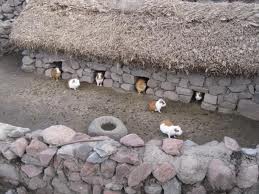
Website Directory
Home The Human-Animal Bond The History of Veterinary Medicine About our No Kill Shelter The FoxNest Veterinary Hospital
"What To Expect When You Go To The Vet"
if your pet should have a problem with ...
To include Femoral Head Removal, Hip Dysplasia, Anterior Cruciate Ligament Injuries, Panosteitis, Radiographic Demonstrations, Disc Disease, and Bone Surgery
Strokes, Vascular Diseases, Anemias, DVT, DIC, Blood Parasites, Rat Poison, & Bleeding disorders
Cardiology Heart disease in Cats, Cardiac Hypertrophy, Valvular disease, Cardiac Insufficiency, Congestive Heart Failure, Heartworm Disease, and a little history about the milestones in treating heart disease
Cats: general information page and directory of diseases and problems specific to cats including vaccine recommendations, leukemia, feline viral infections, feline upper respiratory disease and cats that just aren't feeling well.
Dermatology: Skin problems including allergies, rashes, bacterial infections, and itching. Hair Loss, Yeast Infections, Hormonal Problems
Heart disease; Cardiac diseases, vascular diseases, stroke, & heartworms
Hormone Diseases: Diabetes, Thyroid Disease, Cushing's Disease or Hypercortisolism, Addison's disease or Hypocortisolism, Pancreatitis, obesity as a disease
Infectious Diseases Colds, Distemper, Parvo, Leptospirosis, Bruceellosis, Panleukopenia, Feline AIDS, Leukemia, Hepatitis, Kennel Cough, Ringworm, Rabies, FIP, Canine Herpes, Toxic Shock Syndrome, & More
Intestinal problems: diarrhea, constipation, torsion, indigestion, and gas. Also pancreatitis, vomiting, esophagitis, colitis, parvo and other types of dysentery
Metabolic Diseases: Diabetes, Thyroid Disease, Cushing's Disease or Hypercortisolism, Addison's disease or Hypocortisolism, Pancreatitis, obesity as a disease
Neural Problems and Diseases: Epilepsy, Rabies, Distemper, FIP, Paralysis, Tetanus, Seizures, Disc Disease, Toxoplasmosis & others
Parasite Problems Fleas, Ticks, Heartworms, Intestinal Worms, Mosquitos, Lice, Mites, and other welfare recipients
Poisons Snakes, Insects, household chemicals, plants, and foods that might poison your pet
Skeletal-Muscular Problems Arthritis, Fractures, ACL, Ligament Injuries, Disc Disease, Pannus, and many other problems of the bones, muscles, tendons, and ligaments
Skin Problems: allergies, rashes, bacterial infections, and itching. Hair Loss, Yeast Infections, Hormonal Problems
Surgery: Spays, Castrations, Testicle Recipes, Soft Tissue Surgery, Hard Tissue Surgery (Bones), C- Sections, Declawing, Tumor Removal and Cancer Surgery
Other Topics on This Site
Zoonotics: Diseases, worms, and parasites people get from pets.
Includes information about Prescription diets used to treat disease, and a discussion about the pet food industry
Includes information about feline and canine heat or estrus, breeding, C-Sections, pyometra or Infected Uterus, dystocia, no milk, mastitis, & brucellosis
Also newborn care, undescended testicles, and alternative to spaying and castration
WildLife Page: Taking care of baby bunnies, squirrels, and birds. A very funny story about beavers, and other misc information
Our Dog Page: a directory of problems of concern in dogs including parvovirus, distemper, canine herpes, and other diseases

The picture on your left is of the Last Supper, complete with roasted guinea pig,
in the Cusco Cathedral, Peru.
I visited this amazing country in 2008 and was a little culture shocked to see so many picture advertisements of guinea pigs in the windows of restaurants... crispy fried and with the head and feet attached


If you have a guinea pig, you need to watch for over long and misdirected teeth. Your vet can safely keep these trimmed for you or they will cause great discomfort as well as malnourishment

The beautiful capital city of Lima overlooks the sea and is very modern. But the jewel of the city are the old Spanish government buildings pictured below. While my wife and I were visiting there was a fairly non violent government coup or attempted coup and this famous squared was surrounded by military vehicles.


Cars and trucks running on natural gas was common. As were little 125hp motorcycles converted into taxis, delivery trucks, and personal vehicles. Click on the small pictures to your left to enlarge and read my comments

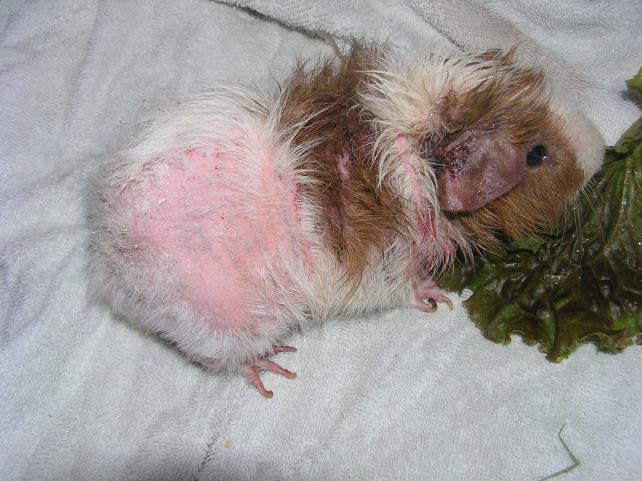
This guinea pig has severe dermatitis and pyoderma (bacterial infection of the skin) secondary to mange mites. I use topical lym-sulfa dips as well as Revolution and vitamin C for these cases. In most other pets we would probably use oral antibiotics, but we avoid them in guinea pigs; they are likely to cause a severe imbalance of the normal bacterial flora in their intestines... sometimes causing death secondary to dysentry. Unlike most other mammals, guinea pigs have mostly gram negative bacteria in their bowels which tend to be easily destroyed by most antibiotics.
Skin problems also include a condition known as “barbering” which occurs when a dominate guinea pigs chews on the back of a submissive guinea pig in the pecking order.
Click on these thumb nail sized pictures to see them enlarged.
Introduction
Guinea pigs were possibly treated as pets by the aboriginal peoples of the northern highlands of South America prior to their discovery by Europeans in the 1500's. I’m not sure.
But they certainly became popular as pets and novelties, as were all things from the “new world” afterwards.
Ever since, they have been bred and selected for various colors, coats, and disposition.
Basic Information:
Male guinea pigs are called boars
Females are called sows, and the babies are called guinea piglets.
Diet is strictly herbivore
Most active just before sunrise and sunset
4 basic coat types: short hair (English coat), long hair curly (Abyssinian), long haired straight (Peruvian), and medium fine (silky). And every combination you might get from interbreeding these basic types.
Try to avoid grabbing and holding a guinea pig over it’s back ... they have trouble breathing if you do... try to support most of their weight by holding their chest.
Long digestive tracts typical of herbivores with a large cecum (like horses and rabbits). A cecum is a large digestive pouch or dead end tube where grasses, alfalfa, straw, and hays can be better digested. We humans, as well as other mammals have a cecum too, except it’s too small and undeveloped to be functional and we call it an appendix.
Guinea Pigs have teeth that continually grow.
There are no real health hazards to having guinea pigs except that some people are allergic to their dander. Guinea pigs are generally pretty friendly, but some aren’t and they can bite if provoked, hurt, or frightened. And people with suppressed immune systems, including pregnant women, might in rare cases be susceptible to the fecal bacteria (salmonella) carried by guinea pigs.
Heart rate averages 300 beats/minute
Respiratory rate ranges from 40-110/minute
Rectal Temp ranges from 99-103 F
Body weights range from 700-1200 grams with the males tending to be larger
Life span is about 5 years
Basic Breeding Information:
Sow guinea pigs are ready to breed as early as 3 months old. Gestation is between 60-70 days. The piglets need to nurse for about 2-3 weeks and are then ready to wean. A typical litter size is up to 5.
It’s important to breed guinea pigs ... if you’re going to breed them at all ... before 8 months of age or they are more likely to need C sections.
Guinea Pigs don’t build nests. It’s recommended to separate the boar prior to delivery to prevent the boar from killing the young.
Guinea pigs can be kept in groups, which is kind of fun, but they are sometimes pretty mean about establishing a pecking order.
Basic Nutrition Information:
Like rabbits and horses, guinea pigs are fairly diet sensitive. Their gut flora is sensitive to antibiotics, and they must have a source of vitamin C.
We vets frequently see nutritional related diseases in guinea pigs ... especially if not fed fresh, commercial guinea pig pellets or supplemented with vitamin C rich foods such as parsley (about .5 ounces daily), broccoli (1 ounce), oranges (2 ounces), cabbage (2 ounces), or turnip greens (.5 ounces). The actual requirement is for about 10mg daily. Double that to about 20mg during pregnancy and nursing.
If you supplement by adding a vitamin C pill or drops to their water, don’t buy the drops made for children that include vitamin D, or you risk vitamin D poisoning.
Also remember to change the water daily. A good rule of thumb is to add about 250mg of vitamin C (a typical size tablet) per cup of water.
Ringworm in a guinea pig. But you need to take these skin cases to your vet. This could just as likely be due to mange mites or vitamin C deficiency.
The above thumbnail pictures depict uterine cancer, lice, twisted stomach, vitamin C deficiency, and an ear hematoma. Clicking on any of the thumbnail pictures will enlarge them in a "gallery"

My wife took this picture of me on a Sunday afternoon in a small town. Everything was closed. This business is not actually a veterinary clinic but rather a farm supply store. Click on any of the thumbnail pictures below of veterinary clinics in Peru to enlarge them. The dog in the middle picture is a routine spay procedure being done by a veterinary student under supervision.
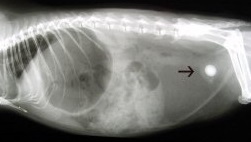
Bladder infections and bladder stones like the one in the radiograph above are pretty common. The stones are often associated with improper or poor quality diet.
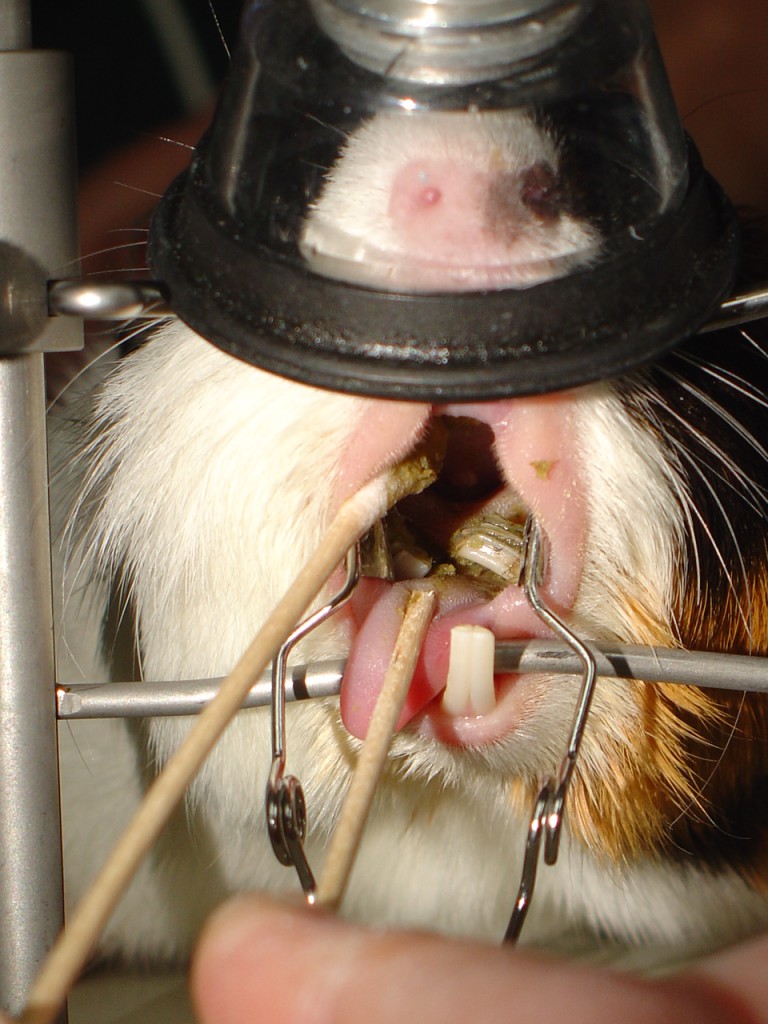
Here's a tricky case. The front teeth are fine but the rear molars are growing sideways causing pain and inability to eat.
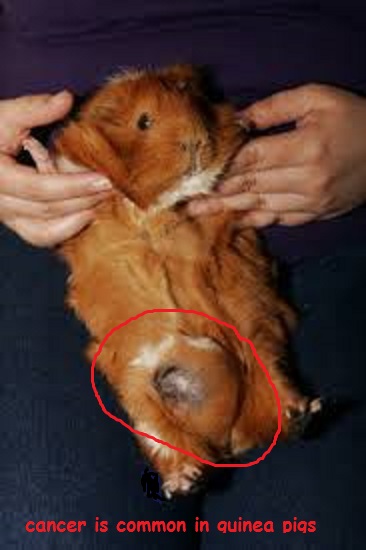
Tumors like these are very common in pet rats. But guinea pigs get them too. Surgical removal is usually pretty sucessful.
The thumbnails below are more pictures from Peru
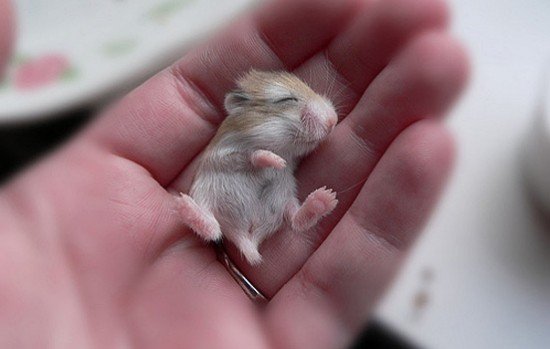

A lot of the pictures on this page are a little sobering... pictures of guinea pigs being raised for food as well as some pretty gross clinical pictures.
So I thought I'd end this page with a cute little baby picture. I've been a vet for 30 years now (2014) and I still get a special feeling inside from delivering newborns.

